This restaurant started in 2009, and is both a catering company and a restaurant serving Iraqi food. It is in the Acton Business Centre, an industrial unit which is located nearer to Willesden than Acton. The cuisine extends to other middle easter dishes including some Lebanese dishes. The restaurant serves breakfast and lunch, but closes at the end of each afternoon. It does not serve alcohol but you can have soft drinks or tea. The dining room is a cavernous, bustling space, with an open kitchen to the left as you enter.
At the beginning of the meal a little bowl of yellow lentil soup appeared with pieces of crisp bread; this was reminiscent of a liquid version of an Indian yellow dhal and was very pleasant (12/20). Hummus (£6) and baba ganoush (£6), the smoked aubergine dip with tahini, garlic and lemon, came with large circular slabs of unleavened bread piping hot from the oven (12/20). Falafal (£9.50) was impressive, far from the limp, dense versions that we see in supermarkets. These were crisp on the outside and packed with flavour, served with garlic, tomato and chilli dips (14/20). This dish’s origins are lost in time but may be Egyptian, with some speculation that it may go back to the days of the Pharaohs.
Dlaymeya (£17.50) was a dish of lamb neck with rice, spread over tanoor flat bread, soaked with lamb broth and tipped with vermicelli, nuts and raisins. This had tender lamb though for me could have done with a little more seasoning (12/20). Baggilel b’il dihn (“beans in fat”) as a dish of fava beans on a bed of soaked pita bread fried in hot oil and covered by an omelette, the dish flavoured with a slightly bitter herb called betony in the mint family (aka bishop’s wort). This is traditionally a breakfast dish and was quite hearty and enjoyable (12/20).
Iraqi chicken biryani (£16.50) is different from the Indian biryani dish but also featured aromatic rice. The origins of biryani are nor clear but the name means “fried rice” in Persian. It may have been brought to India by Persian merchants. Strips of chicken were mixed in with the rice along with some spices including cardamon, cloves, black lime and cinnamon. In the Arabic versions of biryani the rice and the meat or vegetables are cooked together in one pot, whereas in Indian biryani the rice and meat are cooked separately and then layered together in a pot, sometimes with onions and herbs between the layers, then the pot is sealed with dough and the cooked slowly. The version here had reasonably tender chicken that was not dried out, the rice subtly aromatic (13/20). Sauteed lamb liver (£9) was served with onions and was simple but pleasant enough (11/20).
The restaurant was absolutely packed, and tables were being turned all around us, so this restaurant has clearly found its audience. Service was polite though rather distracted at times. The bill came to just £29 per person for more food than we could eat. There is a little sweet shop next door where you can buy a range of baklavas and other sweet pastries should you wish. Al Enam provides an authentic version of Iraqi food to the local community and is clearly prospering.













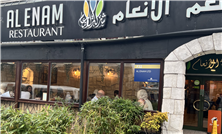

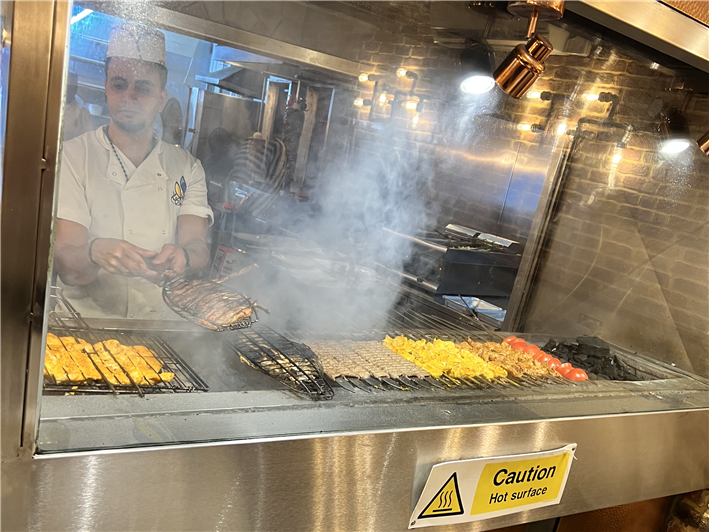
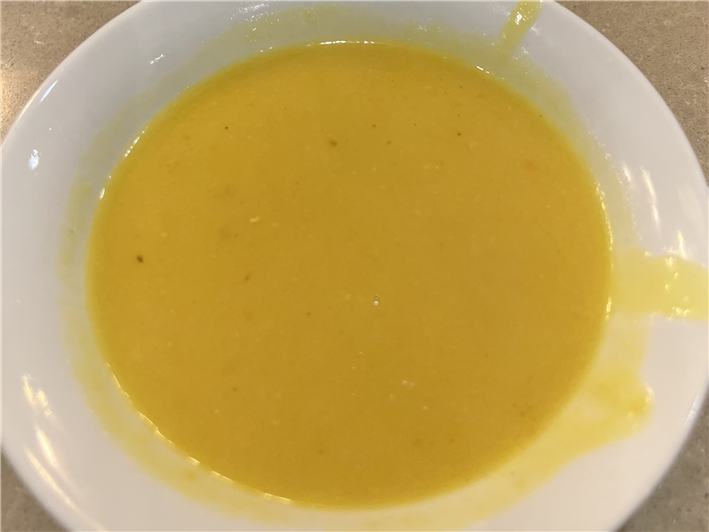
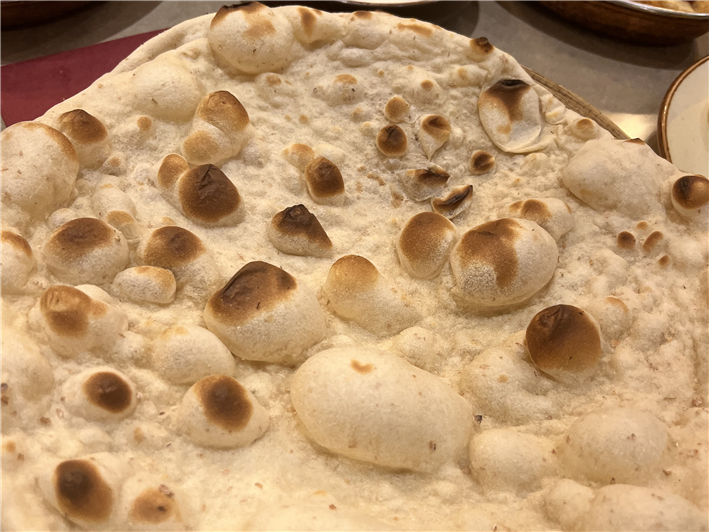
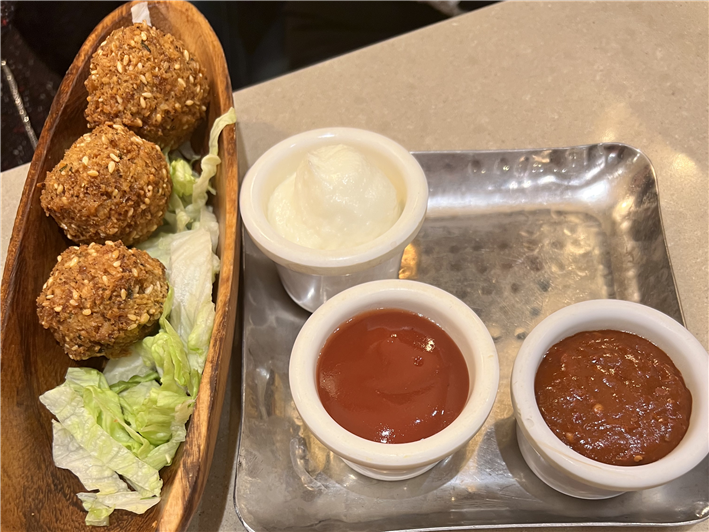
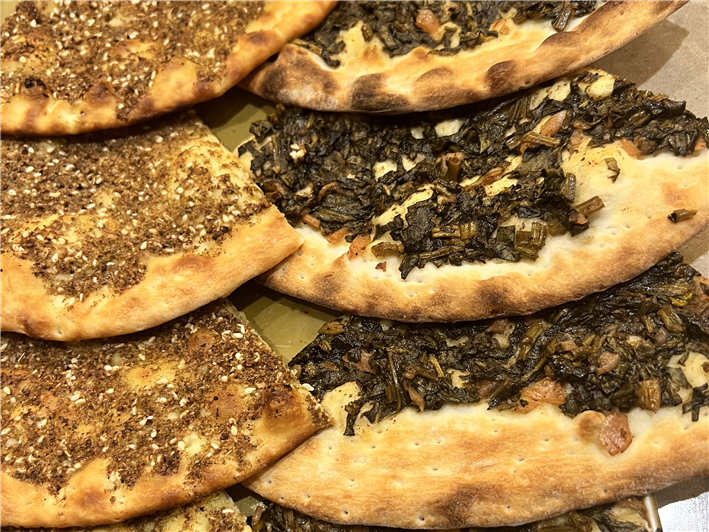
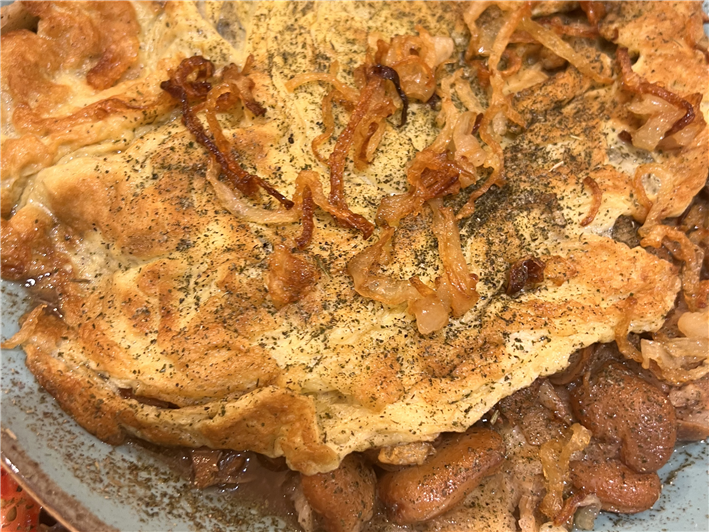
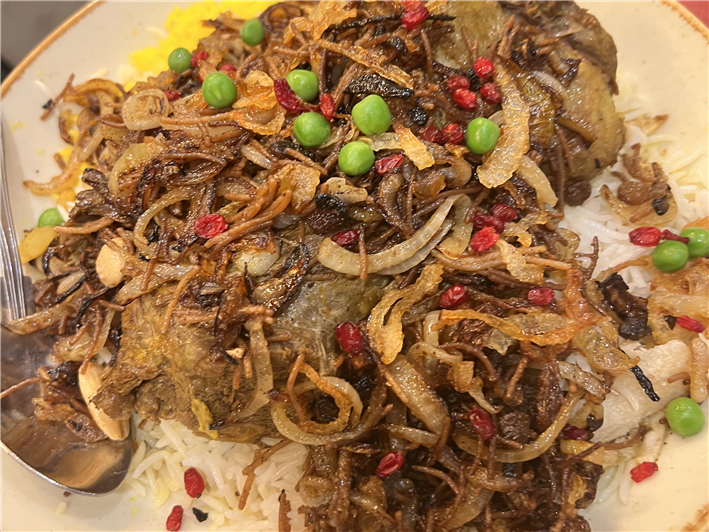
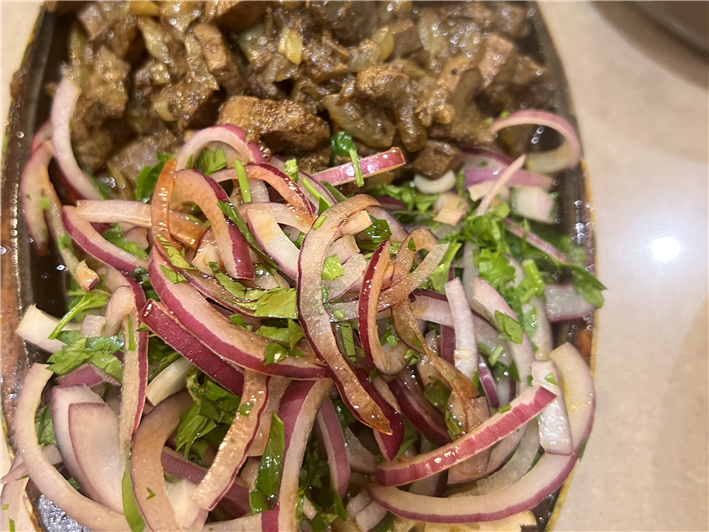
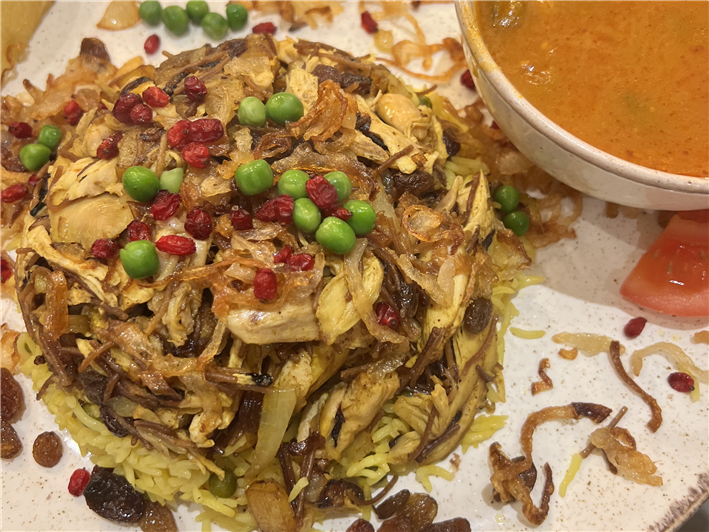
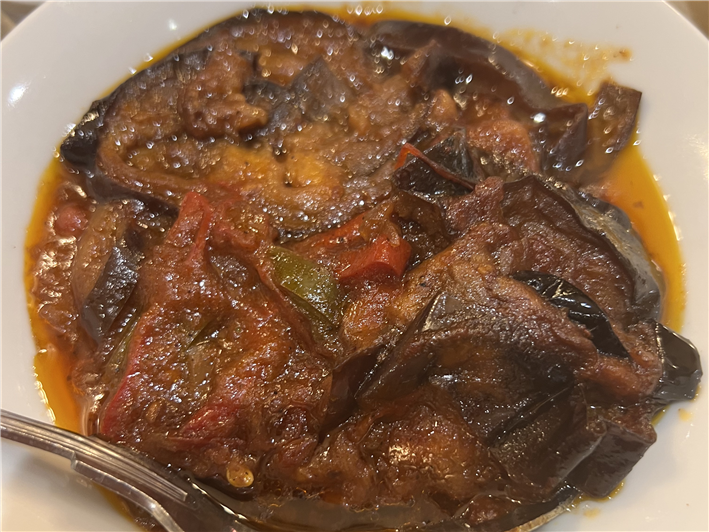

tim wharton
'Birian' was Old Persian for 'fried prior to cooking'. It's very unlikely it's an Estonian word - Estonian is a Uralic language (like Hungarian and Finnish), and Uralic languages are not even Indo-European. Trust me, I'm a Doctor (of linguistics).
David Miller
The origins of biryani are unclear but the word itself if Iranian... Maybe from estonia